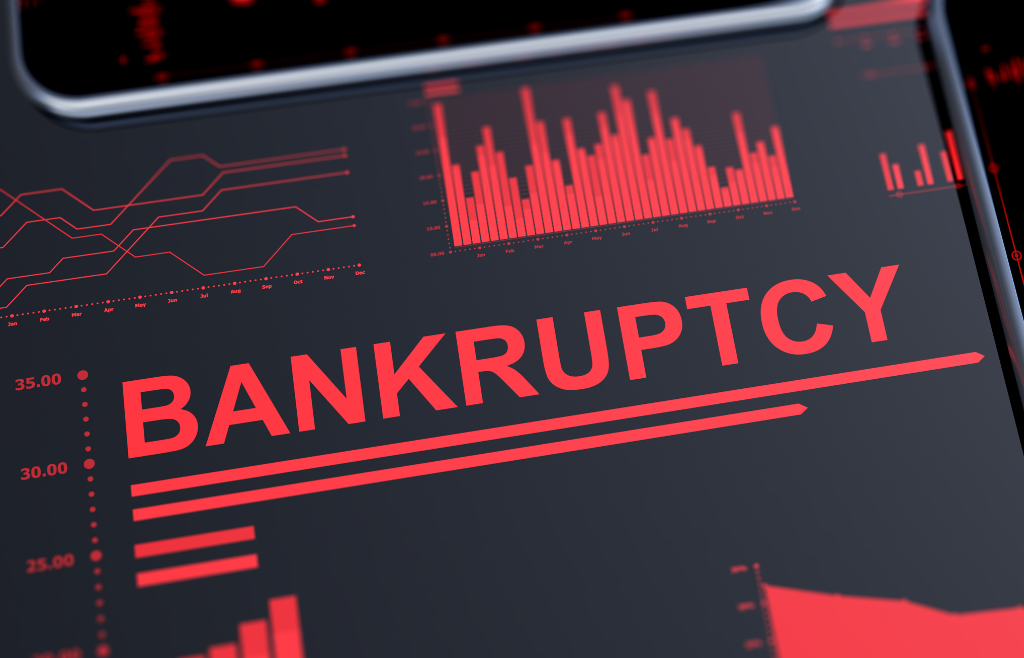Understanding the Means Test in Bankruptcy
Bankruptcy should not be viewed as a bad thing in all situations. For some, bankruptcy is the only viable avenue to a financial fresh start. These filings are an opportunity to lessen the burden debt has on your life so you can take steps forward in your career and personal life.
What’s also true is that bankruptcy court won’t accept just any bankruptcy filing, especially for Chapter 7 cases. You’re going to need to prove that your debts are insurmountable compared to your income in order to qualify for Chapter 7. This is because Chapter 7 bankruptcy will wipe out a larger portion of your debt as you’ll have been determined to be incapable of affording a repayment plan that comes with Chapter 13 bankruptcy.
With hundreds of thousands of filings each year, it’s important to make sure you’re not wasting your own time or the court’s time. If your filing is denied through a means test then you’ll be on the hook for any fees you’ve paid up to that point.
Exclusions
Before we get into the process, it’s important to note who does not need to go through a means test in order to qualify for Chapter 7 bankruptcy. Active duty military and those who are performing a homeland security activity for at least 90 days are exempt from the means test. These individuals are also exempt from the means test for 540 days after their active duty or security activities conclude. If you’re on a military reserve list or have been a part of the National Guard after September 11, 2001, then you are also excluded.
Disabled veterans who have a “disability rating” of at least 30% or have been discharged from active duty because of a disability that happened in the line of duty are also excluded.
Those who have near or over 50% of “non-consumer” debts also can forgo the means test. This generally means business debts or debts you took on in order to increase your earning potential. Taxes and medical debt are often considered “non-consumer” debts, as well.
Income limits
The courts will focus on your income first to determine whether you automatically qualify or if your debts need to be taken into account. Your income over the last six calendar months prior to filing for bankruptcy will be the first consideration.
This will be done by filling out Form 122A-1. Once the form is submitted the courts will multiply your income over the last six months by two and compare it to the median annual income in your state (recent numbers can be found on the Justice Department’s website). For California, the most recent number for a single earner is $65,895 and goes up from there for multiple filers.
If you’re determined to be below that median income level then you’ll automatically qualify for Chapter 7 bankruptcy. If you don’t fall below that median income line then you will move on to the next step in the process.
Calculating debts
If you get through step one and do not automatically qualify then you aren’t automatically disqualified from Chapter 7 bankruptcy. Instead, the court will consider monthly expenses and debts that lower your disposable income. If you’re determined to have enough disposable income to at least cover some of the debts then you likely will not qualify for Chapter 7.
This leaves you with one of two options:
- Pursue Chapter 13 bankruptcy (which does not have a means test)
- Decide to forgo bankruptcy and take other avenues to tackle your debts
At Hedtke Law Group, we help clients make the right choices when it comes to filing bankruptcy. We can take a look at your situation and make sure you’re not wasting time in filing for Chapter 7 or Chapter 13 bankruptcy. Equip yourself with the right team to secure your case. Contact Hedtke Law Group and get a fresh start today!
